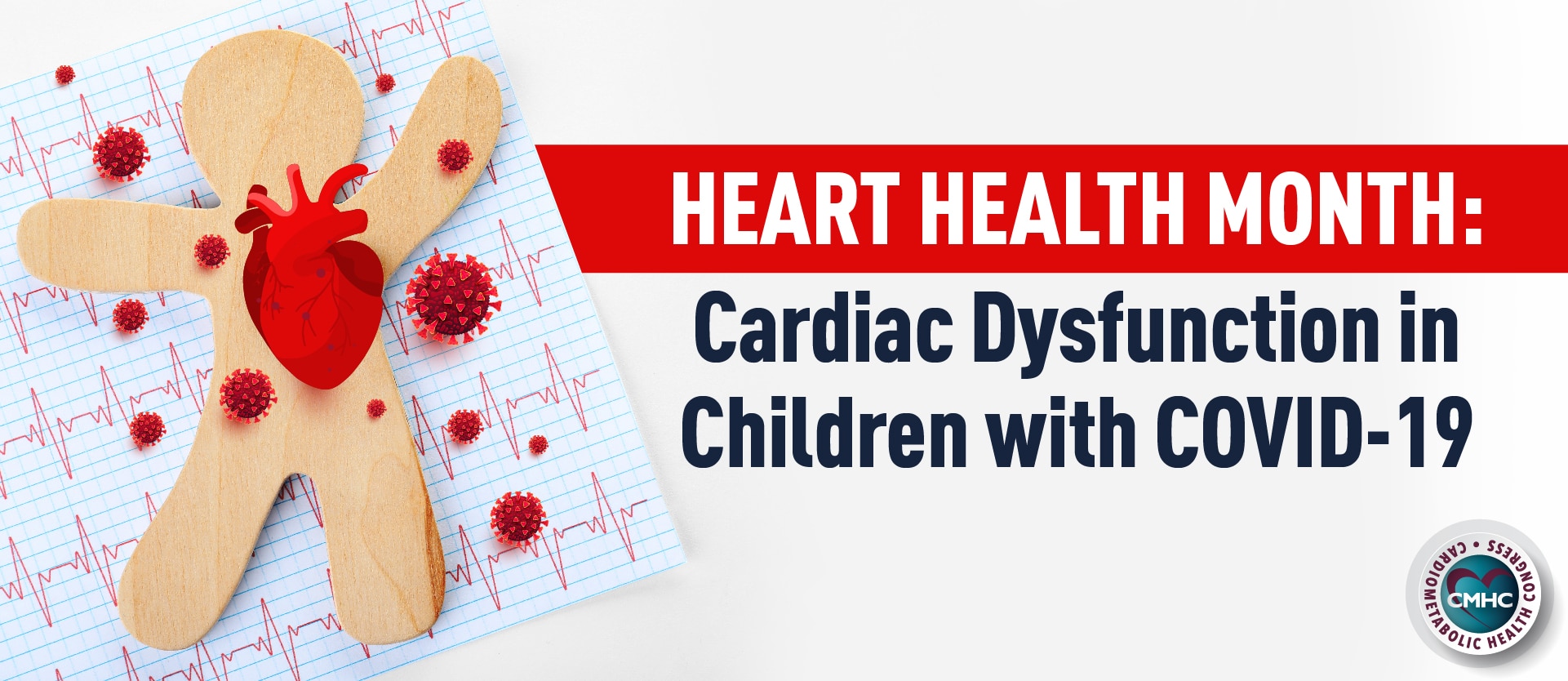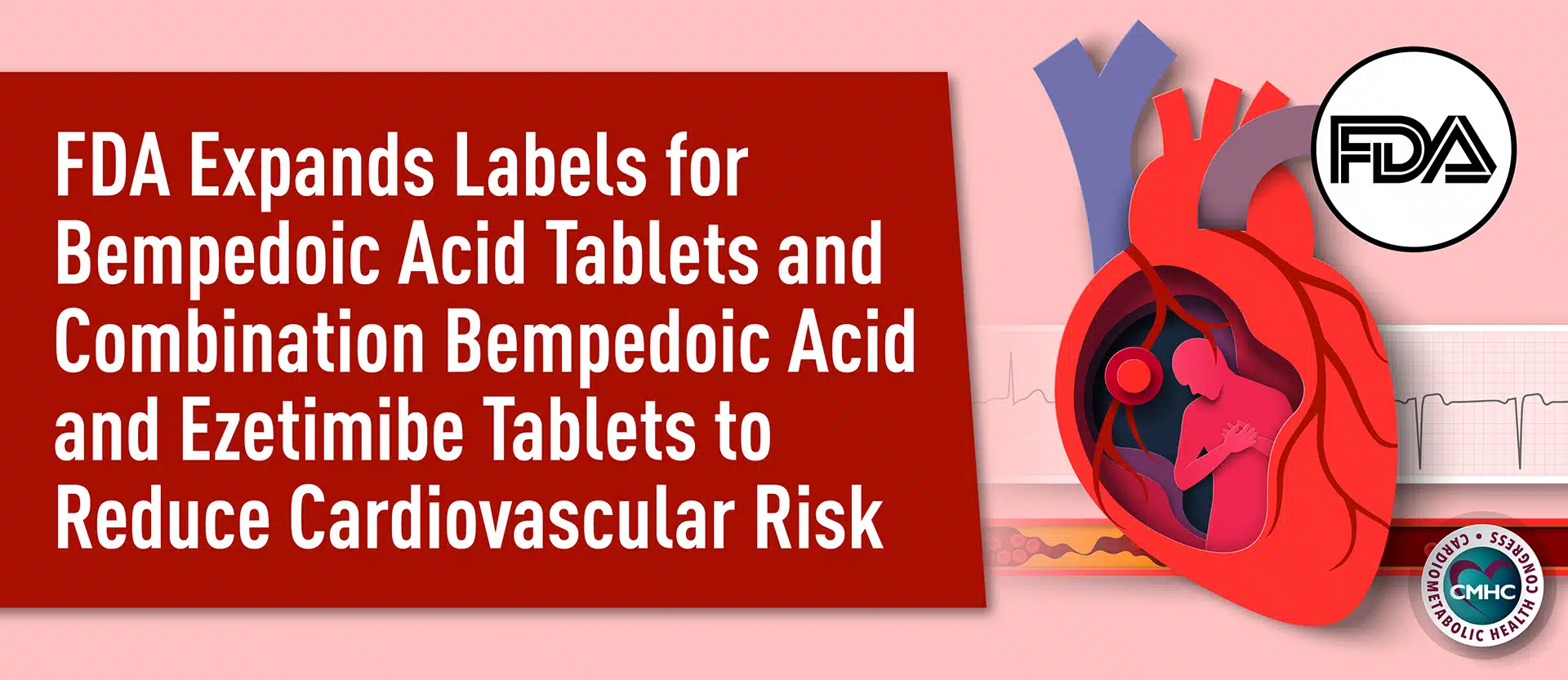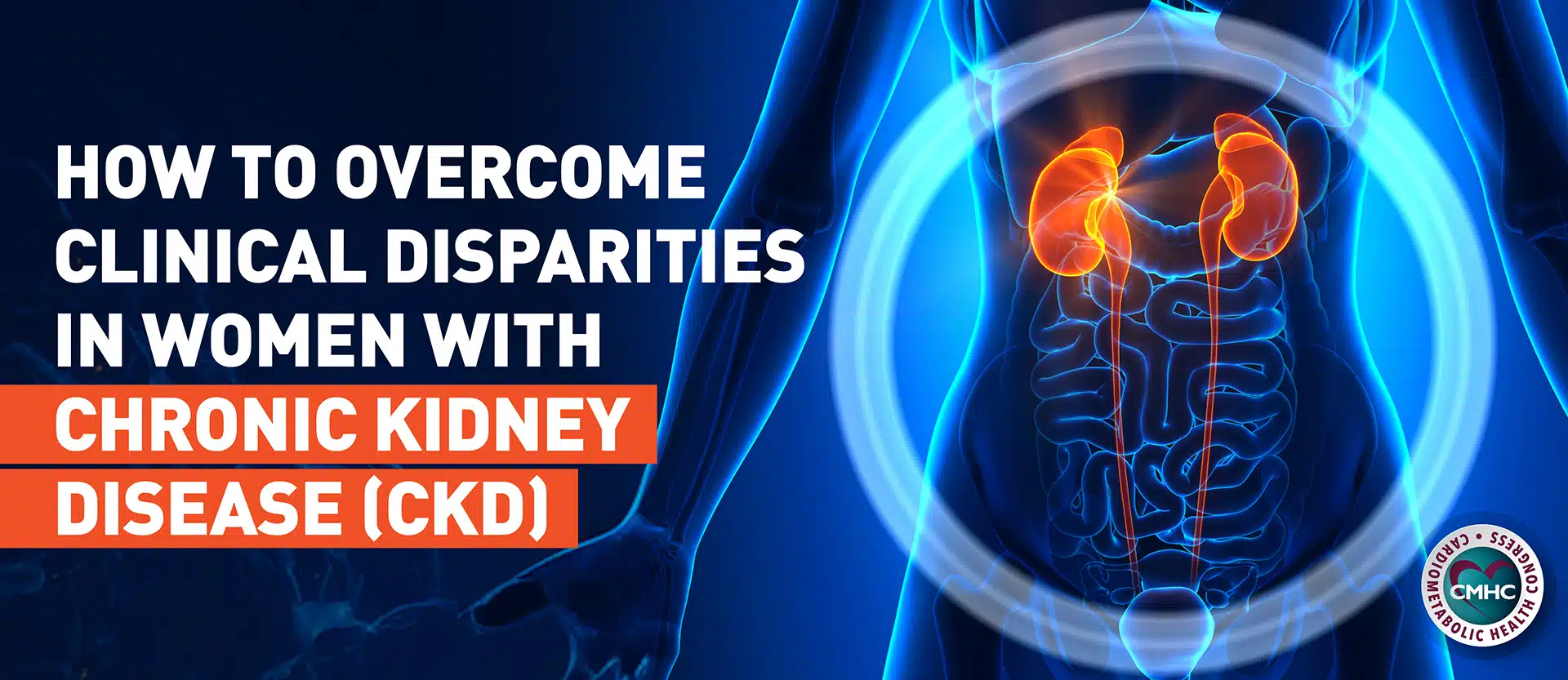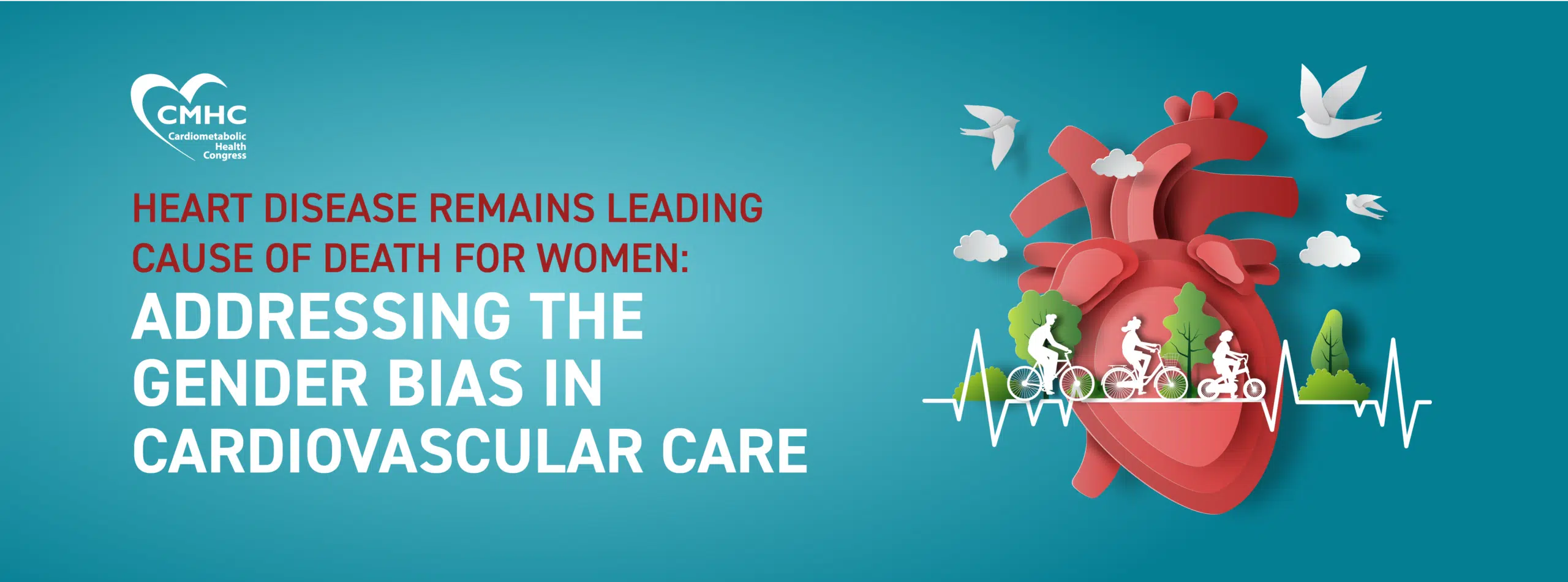With significant reported morbidity in adult patients and lesser impact on children, the COVID-19 virus continues to present a clinical challenge as its pathophysiology and presentation vary greatly. Cardiac dysfunction has been observed in adult cases of infection while the majority of pediatric patients have experienced minimal or mild symptoms. A range of cardiovascular complications has been reported in adult patient literature, pediatric data are lacking with limited evidence of cardiac or myocardial involvement despite anecdotal reports of coinciding Kawasaki disease with myocarditis.
Per data from a case series recently published in JACC: Case Reports, both cardiac injury and shock have been reported in previously healthy pediatric patients with COVID-19. To help clinicians better understand the cardiovascular complications presenting in children, the text outlines 3 cases of virus-related dysfunction observed in the pediatric intensive care unit (PICU).
Patient Case Report #1
The first patient in the case series was a 13-year-old boy with obesity who presented with 5 days of consistent fever, headache, and abdominal pain along with 2 days of diarrhea and 1 day of shortness of breath. Investigators described the patient as afebrile, tachycardic, hypotensive, and tachypneic with an oxygen saturation level of 94%.
After conducting laboratory analysis, they reported leukocytosis with neutrophil predominance as well as a significant elevation of critical inflammatory markers – C-reactive protein, procalcitonin, lactate dehydrogenase, triglycerides, ferritin, D-dimmer, and fibrinogen. Furthermore, the patient’s high sensitivity troponin T (hsTnT) levels were elevated. His initial chest X-ray revealed a left basal opacity with no cardiomegaly and a regular heart rhythm with a gallop.
During the course of hospitalization, the patient’s lactate levels increased and peaked at 11 mmol/L. The patient was intubated, placed on a ventilator, sedated, and chemically paralyzed while epinephrine and milrinone infusions were started. At the pediatric intensive care unit, he was treated with tocilizumab, intravenous immunoglobulin, remdesivir, and intravenous methylprednisolone. The boy also experienced brief episodes of atrial tachycardia.
Following 4 days of hospitalization in the PICU, the inotropic infusions were halted and the patient was extubated. On the fifth day, he was taken off the ventilator and his inflammatory markers and troponin levels both declined. Fractional shortening (FS; 45%) and left ventricular ejection fraction (LVEF; 65%) also improved and the patient was finally discharged after 11 days.
Patient Case Report #2
The second case described in the series was that of a 6-year-old boy with mild persistent asthma who presented with 6 days of fever, pharyngitis, myalgia, and abdominal pain as well as 1 day of diarrhea and shortness of breath.
During their examination, investigators defined the patient as afebrile, tachycardic (130 beats/min), hypotensive (71/34 mm Hg), and tachypneic (40 breaths/min). His oxygen saturation level was recorded at 97% and laboratory tests revealed leukocytosis with neutrophil predominance and a significant elevation of key inflammatory markers. The patient’s lactate levels were normal but his hsTnT levels were elevated (116 ng/L). In addition, a grade 3/4 systolic murmur was detected at the left upper sternal border.
Upon being admitted to the pediatric intensive care unit, the boy had a low to normal LVEF of 56%, an FS of 29%, mild mitral regurgitation, and holodiastolic reversal of flow in the descending aorta. He was treated with hydroxychloroquine and intravenous tocilizumab along with an epinephrine infusion for hypotension.
The inotropic support was weaned after 36 hours and by the patient’s third day in the PICU his inflammatory markers were trending downward. That day he was discharged with an LVEF of 57% and a FS of 35%.
Patient Case Report #3
The third and final patient described in the case series was a 13-year-old girl with a known small mid-muscular ventricular septal defect who presented with an intermittent fever, headache, cough, abdominal pain, and diarrhea which had been persisting for 5 or more days. Investigators identified her as febrile, tachycardic with 119 beats per minute, normotensive, and mildly tachypneic with 18 breaths per minute. The patient’s oxygen saturation was 100% and her heart sounds were normal although, her white blood cell count, inflammatory markers, and hsTnT were all elevated.
Fluid boluses were administered for her worsening tachycardia (134 beats per minute) and hypotension (85/45 mm Hg). She had an LVEF of 40% and FS of 21% with mild mitral regurgitation, holodiastolic flow reversal in the descending aorta, and a small pericardial effusion.
Upon her admission to the PICU, the patient received a milrinone infusion and hydroxychloroquine treatment. Her inflammation and hsTnT levels had improved by the second day and by day 3, her LVEF increased to 54% and FS to 28% prompting clinicians to discontinue milrinone treatment. She was discharged from the pediatric intensive care unit after 4 days of total stay.
As the above cases indicate, COVID-19 infection can cause severe illness and cardiovascular complications regardless of patient age. Therefore, it is critical for health professionals to monitor disease progression closely in all cases to provide timely therapeutic interventions and prevent potential adverse health outcomes.
“These cases demonstrate that COVID-19 infection can cause severe illness in previously healthy children. Shock and cardiac dysfunction can be a significant component of illness independent of lung disease,” the study authors explained. “Long-term follow-up is important to understand the pathophysiology and long-term prognosis of children with cardiac injury resulting from COVID-19.”
Clinicians interested in learning more about the intersection of cardiovascular health and COVID-19 as well as the impact of the virus on cardiometabolic medicine are invited to attend our Spring 2021 event The Cardiometabolic Challenge: Navigating a Syndemic taking place April 16-18, 2021.


















